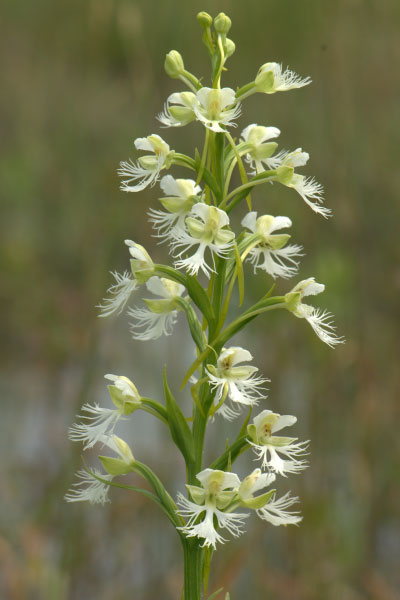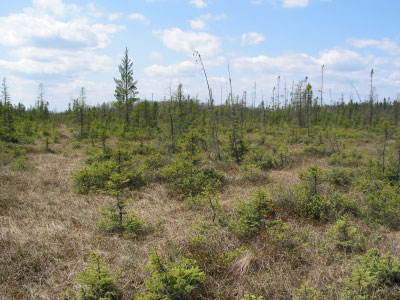
Medicinal value
A chemical in the bark of Canada yew (Taxus canadensis), for example, has been used in various cancer treatments.

Indicators of habitat quality
American shoregrass (Littorella uniflora) is only found in very nutrient poor lakes in northern Wisconsin. As nutrients run off the uplands into the lake, this and other similar species will disappear.

Aesthetic value
The lacy flowers of eastern prairie fringed orchid (Platanthera leucophaea) add tremendous beauty to a tallgrass prarie and inspiration to any artist.



